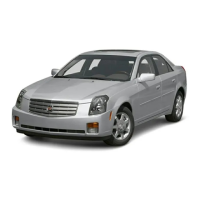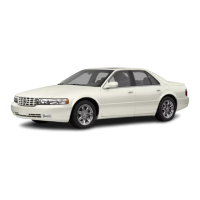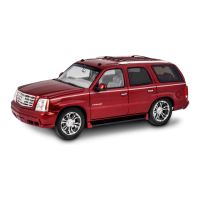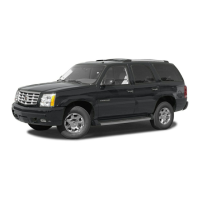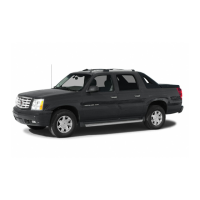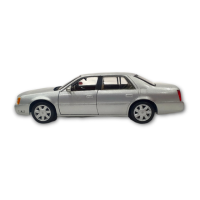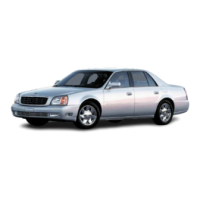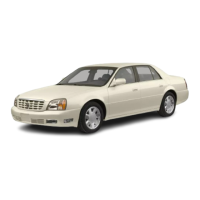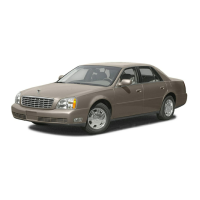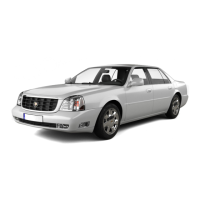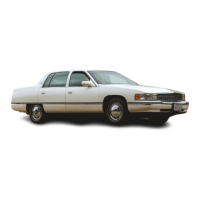Towing
Your
Vehicle
Consult your dealer or a professional towing service
if
you need to have your disabled vehicle
towed.
See
Roadside Service on page
7-5.
If
you want to tow your vehicle behind another vehicle
for recreational purposes (such as behind a motorhome),
see
Recreational Vehicle Towing
following.
Recreational Vehicle Towing
Recreational vehicle towing means towing your vehicle
behind another vehicle
-
such as behind a motorhome.
The two most common types
of
recreational vehicle
towing are known as “dinghy towing” (towing your vehicle
with all four wheels on the ground) and “dolly towing”
(towing your vehicle with two wheels on the ground and
two wheels up on a device known as a “dolly”).
vviin tne proper preparation and equipment, many
vehicles can be towed in these ways. See “Dinghy
Towing” and
“Dolly Towing,” following.
Here
are
sn*e
impQrtant
things
tQ
consider
before
you
do recreational vehicle towing:
e
0
e
e
What’s the towing capacity
of
the towing vehicle?
Be sure you read the tow vehicle manufacturer’s
recommendations.
How far will you tow? Some vehicles have
restrictions on how far and how long they can tow.
Do
you have the proper towing equipment?
See your dealer or trailering professional for
additional advice and equipment recommendations.
Is your vehicle ready to be towed? Just as you
would prepare your vehicle for a long trip, you’ll
want to make sure your vehicle is prepared to be
towed. See
Before Leaving on a Long Trip
on
page
4-22.
Dinghy Towing
Notice:
Towing your vehicle with all four wheels
on
the ground
will
damage drivetrain components.
Your vehicle was not designed to be towed with all four
wheels on the ground. If your vehicle must be towed,
you should use a dolly. See
Dolly
Towing
following
for more information.
4-31
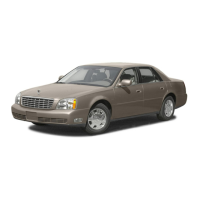
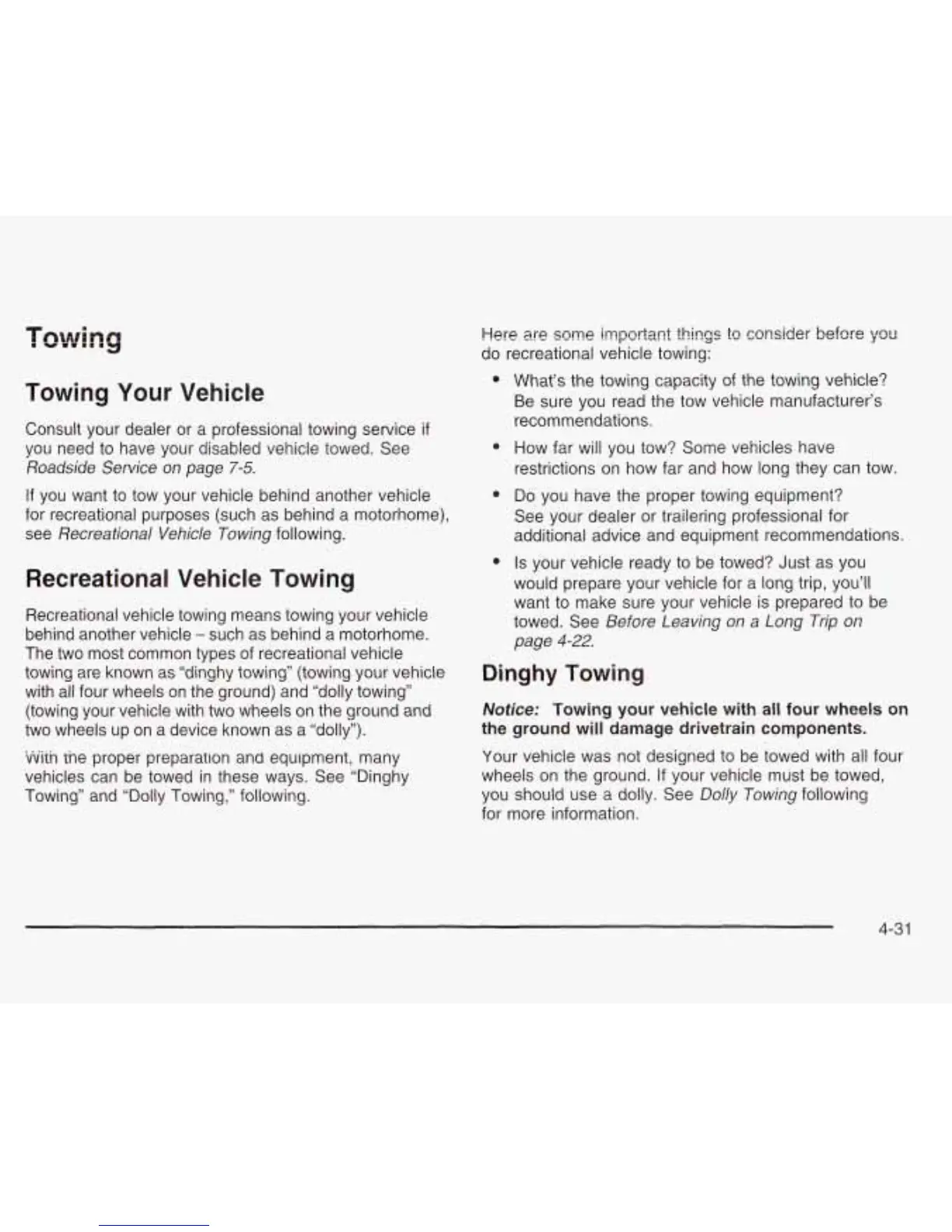